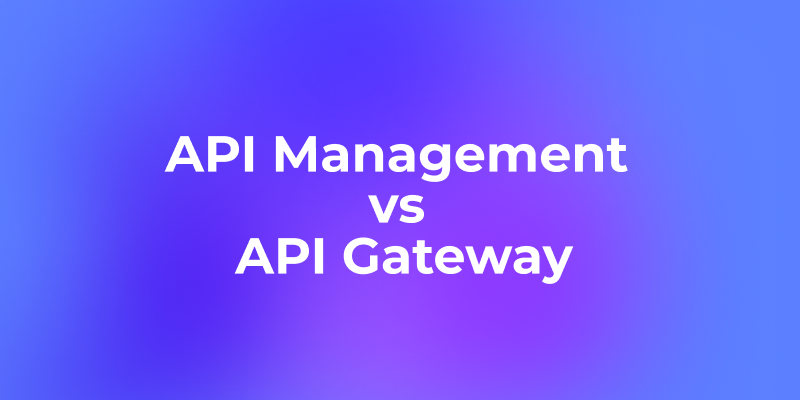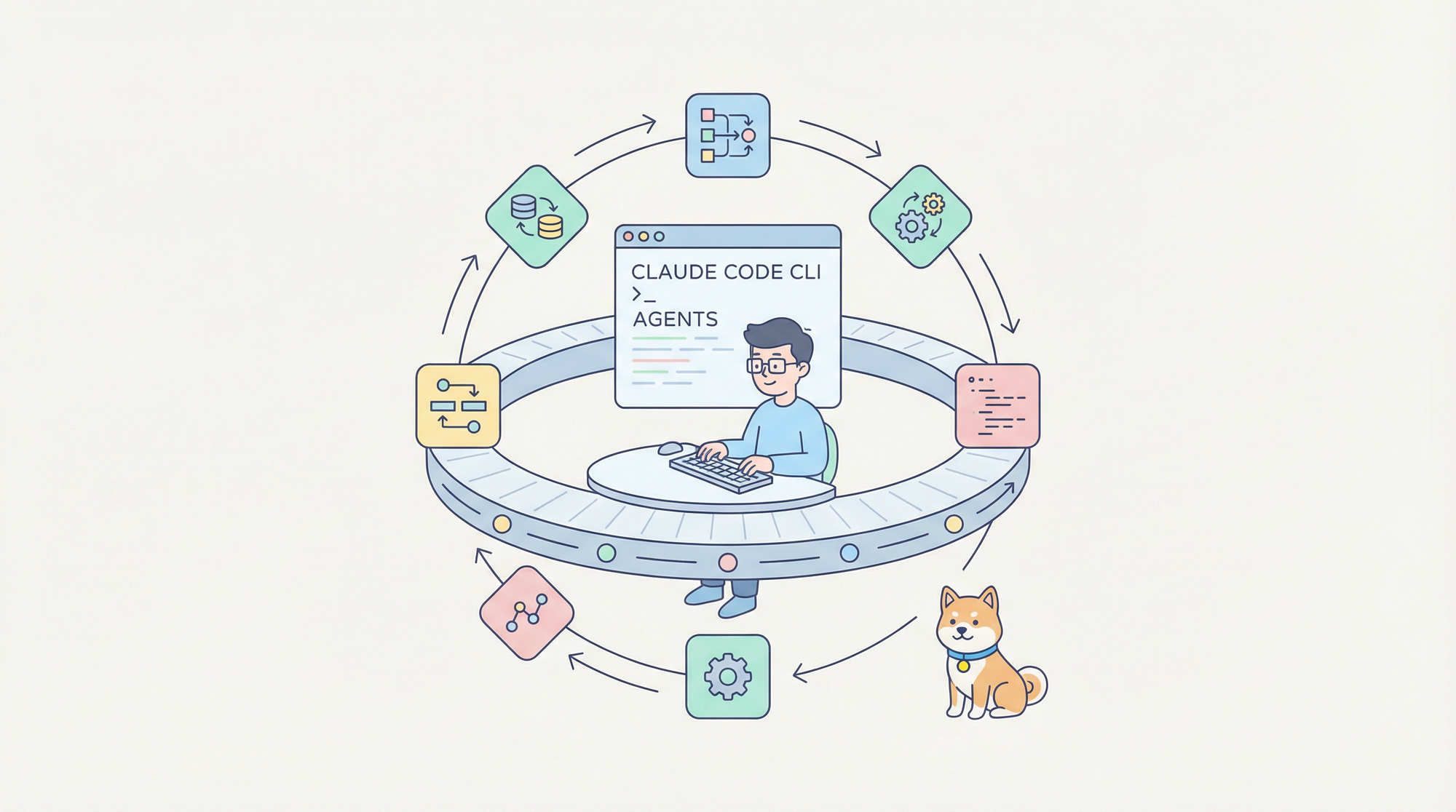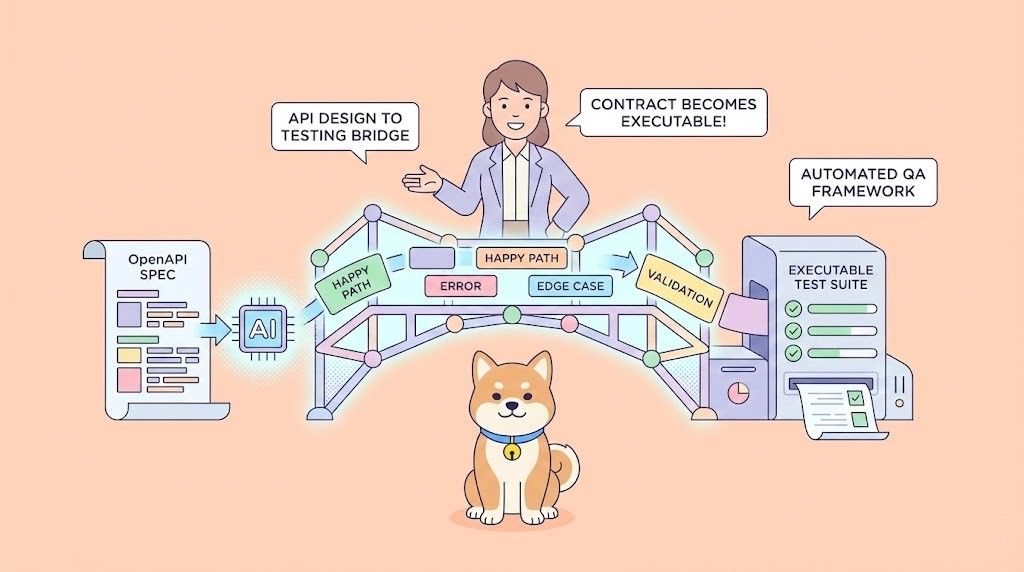In the world of APIs, you’ve probably heard the terms API management and API gateway tossed around like they're interchangeable. But here’s the kicker they’re not the same thing.
If you’re building, deploying, or managing APIs, understanding the differences between API management and API gateways is essential.
Want an integrated, All-in-One platform for your Developer Team to work together with maximum productivity?
Apidog delivers all your demands, and replaces Postman at a much more affordable price!
What is an API Gateway?
Think of an API gateway as the "traffic cop" standing between your clients and backend services. It directs, controls, and secures the API traffic in real time. Your gateway routes requests, enforces policies (like authentication and throttling), caches responses, and monitors traffic flow. It’s optimized for efficient request handling and runtime security.
I like to think of it as the gatekeeper ensuring only valid, authorized traffic gets through without slowing down your services.
Core Functions of an API Gateway
- Request routing – Directs API calls to the appropriate backend service.
- Authentication & authorization – Verifies credentials and access permissions.
- Rate limiting & throttling – Controls traffic to prevent overload.
- Load balancing – Distributes incoming traffic efficiently.
- Caching – Reduces backend load by storing frequent responses.
- Logging & analytics – Captures data about usage and errors.
In simple terms, an API gateway is runtime infrastructure concerned with what happens when your API is running and live.
What Is API Management?
Now shift gears. API management is more like the project manager or product owner of your API ecosystem. It’s the strategy, the lifecycle control and the oversight.
API Management Involves:
- API design and modeling
- API documentation
- Developer onboarding and portals
- Monitoring and analytics
- Security policies
- Monetization and subscriptions
- Versioning and lifecycle management
API management is everything before, during and after deployment. It’s the full picture of governance, visibility, and control.
Key Differences Between API Management and API Gateway
Alright, so now that we know what each term means, let’s stack them side-by-side and highlight some key differences.
| Aspect | API Gateway | API Management |
|---|---|---|
| Role in API Ecosystem | Operates at runtime, routing and protecting API traffic | Manages API strategy and lifecycle end-to-end |
| Primary Focus | Traffic routing, security enforcement, caching | Design, documentation, versioning, monetization |
| Typical Users | Platform architects, DevOps teams | API product owners, developer relations, architects |
| Features | Authentication, rate limiting, load balancing | Analytics, developer portal, access management |
| Deployment | Often deployed at network edge or cloud edge | SaaS or on-prem management platform |
| Security Role | First line of defense (auth, throttling, filtering) | Consistent policy enforcement and compliance across APIs |
| Monitoring | Real-time traffic and error monitoring | Usage analytics, health metrics, API adoption stats |
| Customization | Plugin-based or scripts for runtime behaviors | Policy and lifecycle orchestration tools |
Notice how API management is a superset. API gateways are part of API management, but management goes way beyond.
Why You Need Both: The Synergy
If you think API management replaces API gateways, think again. In my experience, the real power comes from combining both.
If you're only working on a small internal app with minimal external exposure, an API gateway might be enough. But for enterprise-level systems, SaaS products, or multi-tenant platforms, you’ll quickly realize the need for more comprehensive API management. While the gateway handles fast operational tasks like request routing and security enforcement, API management takes a strategic view governing API portfolios, driving developer engagement, and enabling monetization.
Large companies works with deploy gateways as the frontline while API management platforms run as the command center for API strategy and business outcomes.
Let’s say you’ve got:
- Multiple APIs across different teams
- Different versions of APIs in use
- External developers consuming your APIs
- Compliance and security requirements
In these scenarios, just having a gateway isn’t going to cut it.
Core Functions of an API Gateway
- Reverse proxy: Gateway forwards incoming requests to backend services.
- Authentication & Authorization: Ensures only valid clients access APIs.
- Rate limiting & Throttling: Protects APIs from abuse and overload.
- Load balancing: Evenly distributes traffic for scaling and reliability.
- Request/Response transformation: Modify headers, paths, or payloads on the fly.
- Caching: Improves response times by caching frequent data.
- Traffic monitoring: Real-time insights into API use and errors.
Core Functions of API Management
- API design & documentation: Create clear, versioned API docs and specs.
- Developer portal: Onboard and support external and internal developers.
- Access control & monetization: Manage subscriptions, quotas, and billing.
- Analytics & reporting: Track adoption, usage patterns, and SLA compliance.
- Versioning & lifecycle management: Plan API evolution and retirement.
- Policy orchestration: Define reusable policies and governance rules.
- Security governance: Ensure consistent security practices across all APIs.
How To Decide What to Use and When
- Simple API needs or microservices routing? Favor an API gateway.
- Managing multiple APIs across teams, products, or business units? You need API management.
- If you want to monitor API usage deeply and manage developer experiences, pick API management.
- When securing runtime traffic with granular, per-request controls is key, API gateways shine.
- Scaling globally on cloud? Most enterprises combine gateway and management.
Pros and Cons
Let’s play a quick pros and cons game to see where each solution stands.
API Gateway
Pros:
- Lightweight and fast
- Protects backend services
- Reduces latency with caching
- Simplifies routing
Cons:
- No documentation or developer onboarding
- Limited in analytics and versioning
- Not ideal for managing large-scale API ecosystems
API Management
Pros:
- Full lifecycle control
- Developer-focused
- Detailed analytics
- Governance and compliance features
Cons:
- Can be more complex
- May require integration with a gateway
- Steeper learning curve
Making the Right Choice for Your Project
So, should you go with API gateway, API management, or both?
Ask Yourself:
- Are you just starting out with one or two APIs?
- Is your primary concern performance or governance?
- Are you exposing your APIs to external users or partners?
- Do you need a self-service developer portal?
- Are compliance and monetization priorities for your business?
The more “yes” answers you give to questions 3–5, the more you need a full API management platform like Apidog.
Where Does Apidog Fit into This Picture?
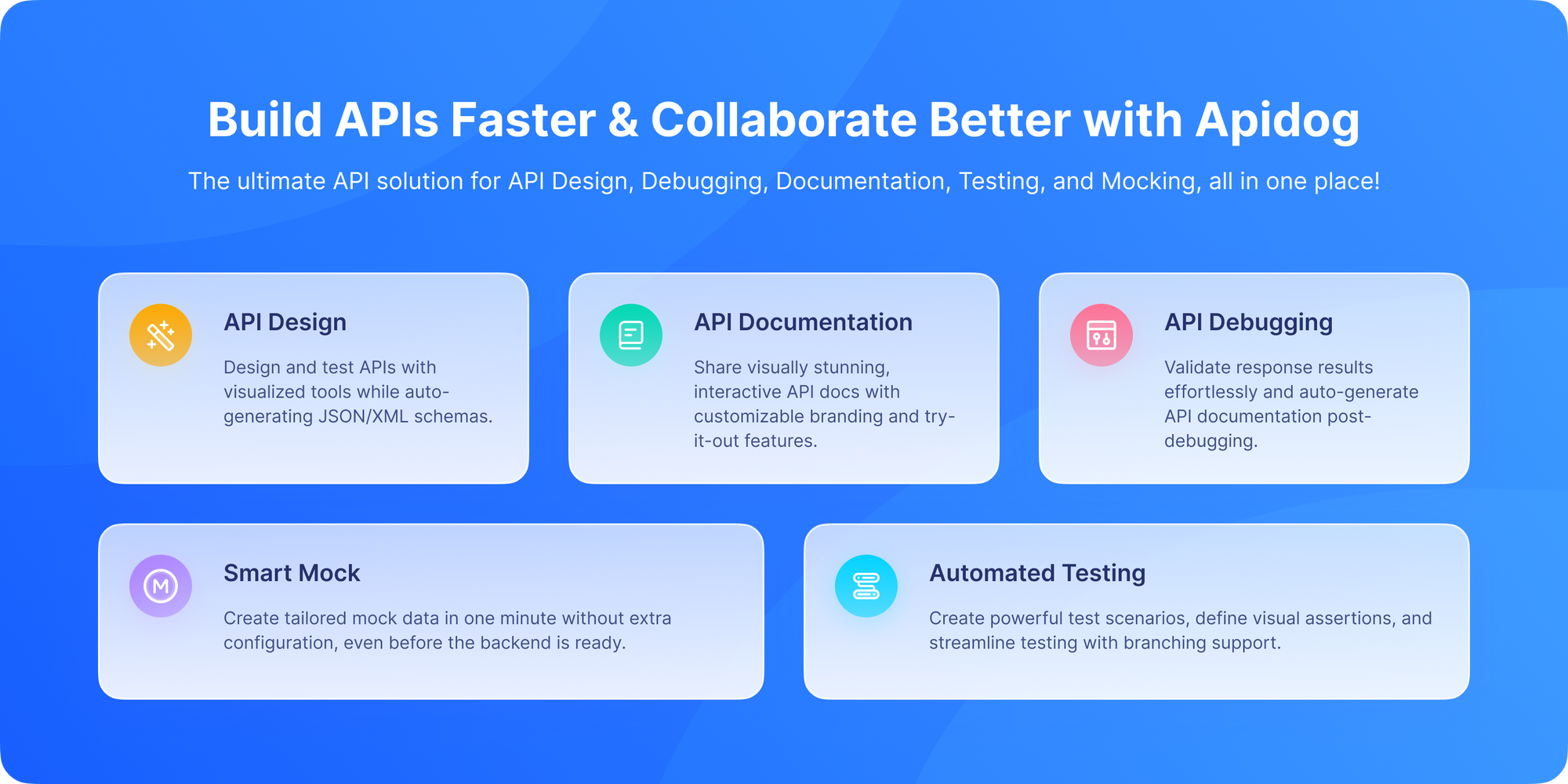
Apidog is an integrated platform that helps you design, test, document, mock, debug and manage APIs all in one place. It’s like combining Postman, Swagger, and an API gateway into a single, easy-to-use interface.
I’ve talked about how API gateways and API management work hand-in-hand, but managing these platforms and the APIs themselves can get complex. That’s why I recommend Apidog:
- Unified platform: Design, test, and manage APIs alongside gateway configuration.
- API mocking: Speed development before backend services are ready.
- Security testing: Automate checking of auth, input validation, and rate limiting.
- Real-time monitoring: Get alerts for anomalies or performance issues.
- Collaborative: Keep dev, ops, and security teams aligned in one place.
- No-code interface: Make API and gateway management approachable for all skill levels.
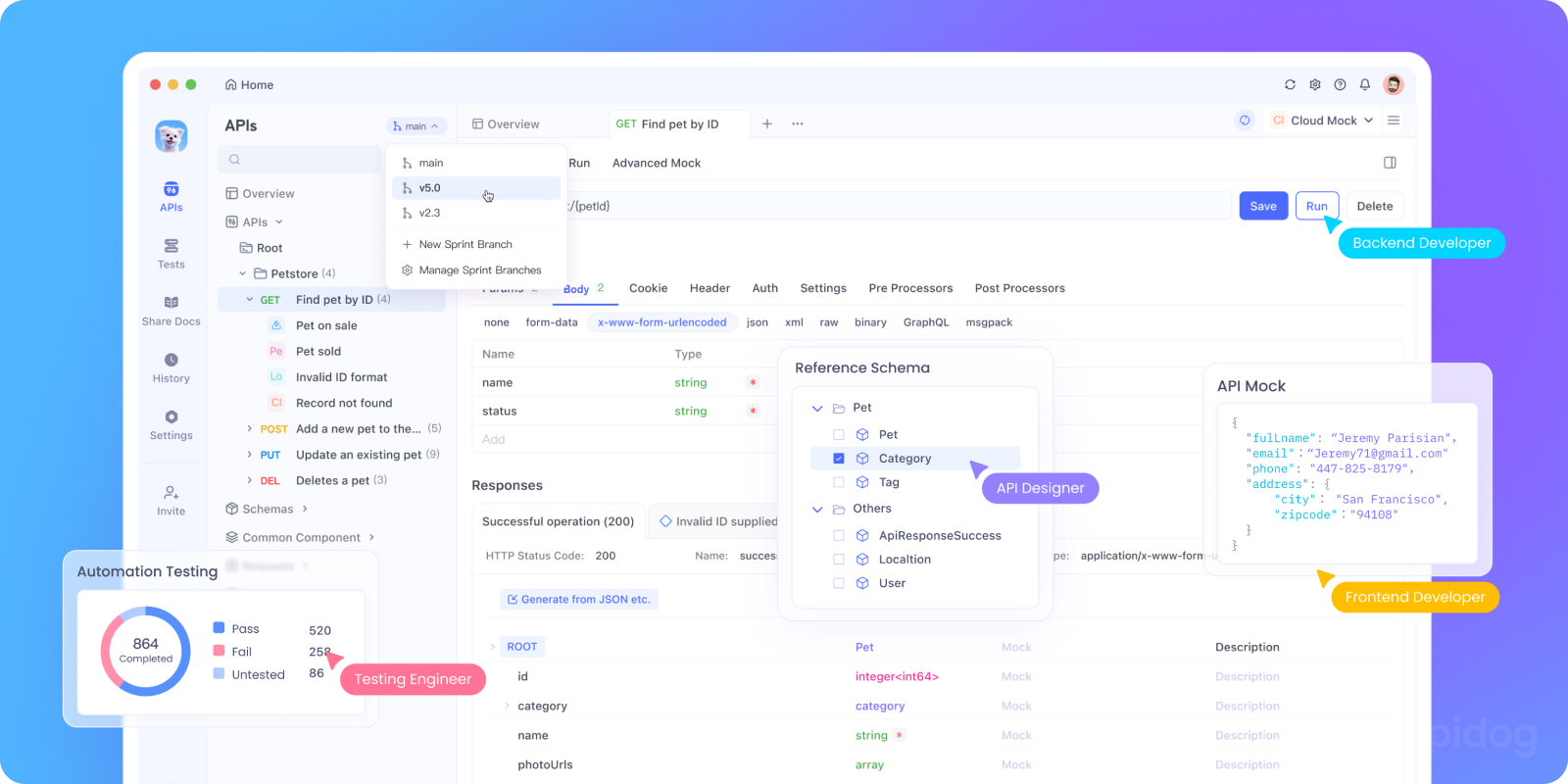
Whether you’re building on Kong, Azure, Apigee, or another gateway/management combo, Apidog simplifies daily API tasks and saves hours in troubleshooting and deployment.
Apidog lets you design your APIs visually, generate documentation automatically, simulate requests with mocking and even test endpoints all without switching tools.
If you're looking for a modern, streamlined way to handle API management and API gateway tasks, Apidog is definitely worth checking out.
Final Thoughts: API Management vs API Gateway
If you’re serious about scaling APIs in 2025, don’t fall into the trap of thinking API management and API gateways compete. They complement each other; the gateway handles the critical runtime traffic flow, while API management owns the strategic, long-term success of your APIs.
Remember, the right combination depends on your technical needs, team structure, and business priorities. Meanwhile, leveraging tools like Apidog to orchestrate your workflows, testing, and monitoring will accelerate your success no matter what platform you use.
There’s no doubt that APIs are the backbone of modern software. But simply having an API isn’t enough; you need to manage it, secure it, and make it scalable.
To recap:
- API Gateway is like the gatekeeper, efficient, secure, and focused on traffic.
- API Management is the whole control roo,m strategic, comprehensive, and vital for long-term success.
And if you're looking for a solution that gives you the best of both worlds without the hassle of piecing together multiple tools, Apidog is a solid bet.
